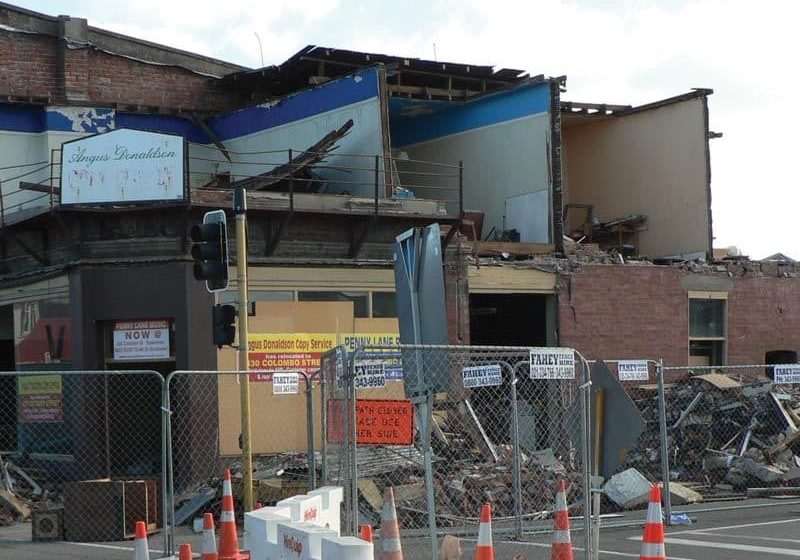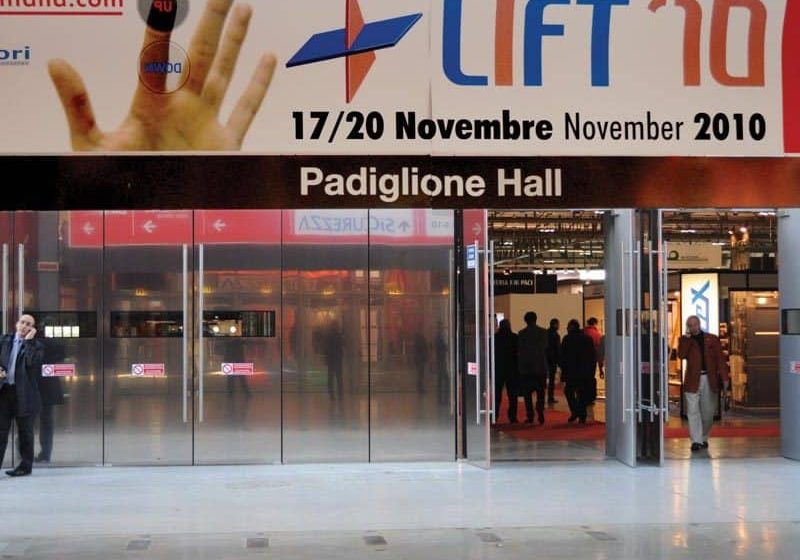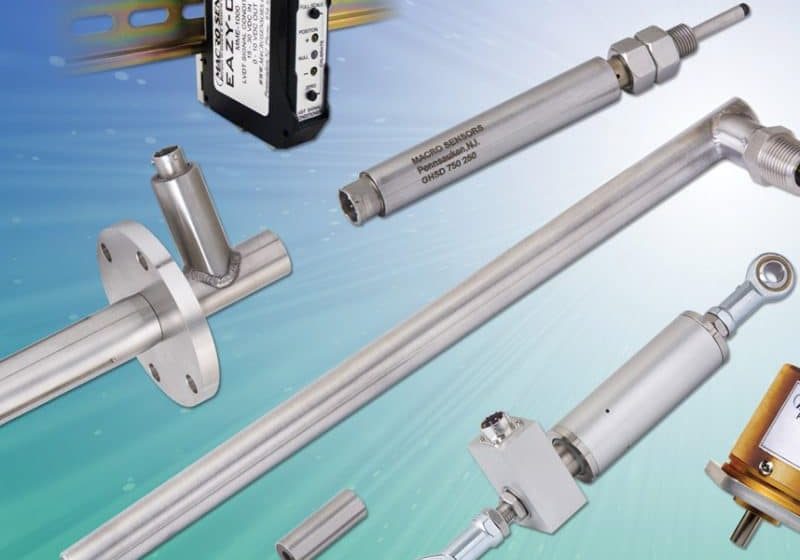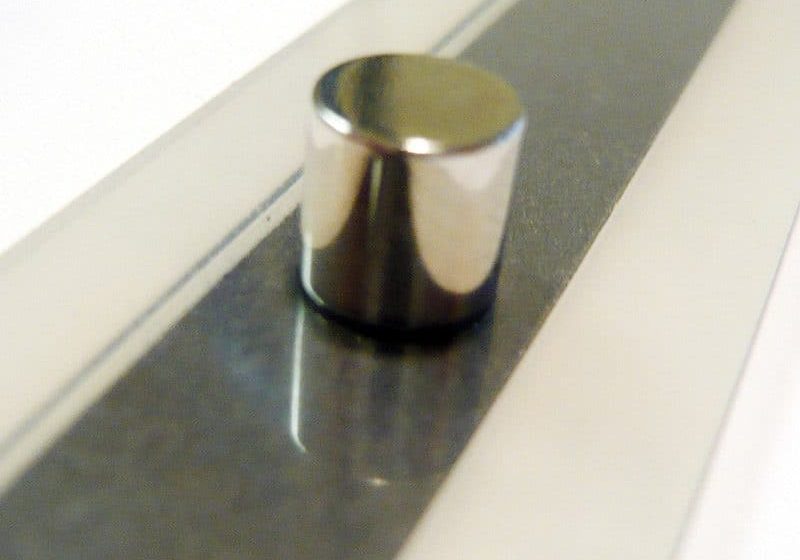The self-climbing elevator system, an alternative to exterior hoists, was installed in the Shard London Bridge.
by Jennifer Chatham
In August 2010, KONE announced that its first Jump Lift in the U.K. was installed in the Shard London Bridge (ELEVATOR WORLD, July 2009). Developed by KONE as a self-climbing elevator system, the Jump Lift provides an alternative to exterior hoists. The lift functions by using the building’s permanent shaft during the construction phase and moves higher or “jumps” in the shaft as the building gets taller. It allows shaft construction and lift installations to continue at the higher levels while the lift is operating in the same shaft at the lower levels, below a protection deck.
This approach enables the lift shafts to be used to aid construction at the same time as being fitted out with permanent cars and put into service as construction progresses. The system is expected to improve the efficiency and safety of a building’s construction.
The principal contractor on the Shard is Mace, an international consultancy and construction company. Coordinating with Mace, KONE has worked to ensure that the Jump Lifts meet the requirements of the delivery program. The first lift has a capacity for 21 people and 1600 kg, and will mainly be used to deliver site workers up and down the structure. It will initially serve up to level 12 and eventually extend to level 26.
Tony Palgrave, construction director for Mace on the Shard, stated:
“This solution is fundamental to our strategy of transporting people and materials quickly and efficiently to the top of the building and down again in the safest possible way. It represents our ongoing commitment to finding better ways to deliver this landmark project.”
Michael Williams, managing director of KONE U.K., added:
“We work hard to deliver pioneering solutions for clients and it has been a privilege to be involved with Mace on such a significant project as the Shard. KONE Jump Lifts are an innovative solution that improve people and goods flow, and speeds up construction. Our team has worked closely with Mace to ensure [that] the installation of the Jump Lifts runs smoothly and enhances the construction process.”
Eventually, there will be a total of five Jump Lifts on the project, the largest of which will be equipped to transport 45 people, with a capacity of 3500 kg, serving up to level 34. The lifts will follow the rise of the structure into the London skyline. The highest of the Jump Lifts will go to level 66. KONE is supplying and installing a total of 10 escalators and 36 lifts at the Shard, including the five Jump Lifts and 13 double-deck lifts.
The 310-m-tall project is being developed by the Sellar Group, a strategic real-estate investment and development company. Construction of the skyscraper began in 2008 and completion is scheduled for May 2012. More than twice the height of the London Eye and adjacent to London Bridge railway station, the 70-story Shard is the first phase of the London Bridge Quarter regeneration scheme, covering almost two million sq. ft. The Shard will provide 586,509 sq. ft. of office space, residential apartments, a five-star hotel, restaurants and viewing galleries offering 360° views of London.
When first announcing the contract to supply the elevators and escalators, Ari Lehtoranta, executive vice president and area director for Central and North Europe at KONE, stated:
“We are extremely pleased to be chosen by Teighmore Ltd., Mace and Renzo Piano Building Workshop for this project. Renzo Piano’s building design will be a wonderful addition to the skyline of London.”
Additional Jump Lift Projects
Despite being the first Jump Lift to be installed in the U.K., this solution has played a role in the international construction marketplace for more than 20 years. The first Jump Lifts were developed and installed in Australia in the late 1970s, and the first self-climbing Jump Lift was installed by KONE in 1988 at the Waterfront Place project in Brisbane, Australia.
Since that time, the solution and process has been further developed. Most recently, one of the largest Jump Lift projects in the world was completed – the Marina Bay Sands project in Singapore – where there are 13 KONE Jump Lifts installed.
Currently, the tallest building that uses Jump Lifts is the 381-m Elite Residence Tower in Dubai. This tower will be completed in September and will include some of the largest (4000 kg-capacity) and fastest (4 mps) Jump Lifts that KONE has installed.
So, what made KONE’s R&D teams – totaling around 600 people at various facilities throughout the world – focus their attention on the development of such technology?
KONE’s U.K. Managing Director Michael Williams explains:
“One of the biggest logistical challenges during any construction project is getting building workers, materials and goods to the right place at the right time, with maximum safety and efficiency. This is a big challenge for any project. With optimum planning and the right combination of people-flow solutions, builders can save hundreds of man hours every day, and weeks or even months on every project. The cost and environmental benefits of these savings are enormous. The traditional exterior hoisting system that has been used for over 50 years at construction sites around the world has long been a focus of concern in relation to safety and efficiency.”
KONE’s Jump Lift technology helps replace the need for traditional systems, which can increase productivity on the work site due to higher speeds, larger loads and safer transportation channels. Workers spend less time waiting for exterior hoists and more time working. There is minimal disruption, a safer working environment and the ability for a team to continue to work in various weather conditions.
The increased productivity helps every trade and service partner on the site work in the safest and most efficient way. The building owner can choose to put completed floors into active use, offering the option to generate business faster.
What Is a Jump Lift?
The KONE Jump Lift is a self-climbing elevator system that is installed as soon as the first levels of completed floors are emerging. As soon as the elevator shaft can be waterproofed, technicians start installing the permanent lift equipment, which forms part of the Jump Lift solution. The Jump Lift then uses the building’s permanent hoistway for construction-time use, putting completed floors into use while allowing the installation to continue above.
Delivering the earlier availability of a permanent elevator, the Jump Lift houses a temporary machine room that moves upward (“jumps”) in the hoistway under its own power as the construction work progresses. The temporary machine room is installed inside the shaft, and the elevator can begin service for the first two floors as soon as the building reaches floor seven. Typical, recommended jumps are three floors at a time to a maximum of five, although each jump can be carried out at times that suit other construction activities.
From the third floor onwards, the lift starts moving manpower, as well as small equipment to the relevant floors, all the way to the top. When the building structure is finished, changing over to the permanent elevator is a straightforward matter of installing the final machinery and finishing the material surfaces of the elevator car, landing doors and signalization.
Moving Forward
KONE celebrated its centenary in October 2010. From its start as a tiny machine shop in Helsinki, it has become a company with approximately 34,000 employees and operations worldwide. Today, it is among the technology leaders and has established itself as a major player in the world’s fastest-growing markets, as well as maintained its position in its traditional markets.
It has more than 30 elevator test shafts, where all innovations are trialled and developed. KONE’s high-rise laboratory is one of the tallest such facilities in the world, located 333 m underground in the Tytyri mine in Lohja, Finland. Elevators with speeds up to 17 mps can be tested. The mineshaft is an underground community with an intricate network of shafts, transportation routes and tunnels, and is a tribute to the future of vertical- transportation solutions.
Jennifer Chatham is a U.K.-based freelance property and construction writer, with a focus on the elevator and escalator industry.
Get more of Elevator World. Sign up for our free e-newsletter.









